The current owner of the 100 Men Hall recounts its beginnings, its heyday, its trials – and its ultimate reemergence as a community mainstay.
- by Rachel Dangermond (reprinted from March, 2022)
It was the summer of 1925, and two local fishermen befriended the mysterious new tenant who spent the summer in a bungalow overlooking the beach in Waveland. He was a writer, they said…
By Eddie Coleman, Assistant to the Director, Hancock County Historical Society By all accounts, Member Number Seven changed the Hancock County Historical Society forever. After his admittance in 1985, the tiny organization’s boundaries expanded to take on whole new territories. Ambitious projects, which before had only been dreamed of wistfully over porcelain cups of tea, became reality. Member Number Seven is named Charles Gray. The 81 year-old historian is a gifted story-teller, so when he recounts how he first came to Bay St. Louis, listeners are drawn into another era, one loaded with all the mystery and elegance of The Great Gatsby. “I was sailing my boat from New Orleans to Key West,” says Gray. “It happened to be the weekend of the Lipton Races at the Yacht Club, so I turned up the bay and put ashore. I saw Beechwood Hall for sale and had a contract on it before sundown.” Beechwood Hall was one of the most prestigious historic properties on the Mississippi coast. Later, when Gray called the local historical society to find out more information about the 1840’s mansion he’d just purchased, he was told that he wouldn’t be allowed to access the documents. “They only had six members back in 1985. They said they didn’t let people rummage through their papers because someone might steal them. I told them that’s why God invented Xerox.” The other six soon realized they had a visionary in their midst and shortly after admitting him to membership, tapped Gray to serve as vice president. His first project was to petition Mississippi Department of Archives and History (MDAH) to officially name a maritime battle of the War of 1812 that had taken place in local waters. When the “Battle of the Bay of St. Louis” designation was approved by the state, the historical society held a celebration that included the firing of a cannon. The cannon apparently captured the imagination of the public. “After that,” says Gray, “Our membership more than doubled, from seven to sixteen.” Since the small society had no official home and met in restaurants, Gray scouted around and soon found a deserted cottage without water or electrical service on Cue Street. Eventually, it was donated to the society and became known as the Kate Lobrano House. During the renovation process, the society proved that southern hospitality was paramount: members made tea for the workers each afternoon with water from the single faucet in the yard. Within a two and ½ year period, the Society added two additions to the original cottage, creating another 1400 square feet of space. The expansions were a necessity. Membership began increasing exponentially once a sign was hung in front of the Lobrano cottage. Meanwhile, another problem had commanded Gray’s attention. While the historic society possessed a number of documents, it had very few photographs. Most of the old families who were wealthy enough to own cameras in the late 1800’s/early 1900’s had their main houses in New Orleans and kept the pictures there. “But I saw the movie, ‘Gypsy Rose Lee,’ where she sang ‘You Gotta Have a Gimmick,’” remembers Gray. “I figured [to get historic photographs] I needed a gimmick too. So I put on a suit and tie and diamond cufflinks, got in my Rolls and drove door to door in New Orleans to the families who I knew had summer homes in Bay St. Louis. Now we have 30,000 pictures.” The recent resurgence of interest in genealogy makes the work of the historical society even more valued. Gray can relate to those who want to know more about their ancestors, since he can trace his own lineage back 40 generations - directly to King Louis IX of France (better known as “Saint Louis,” whose name the city and bay both bear). He’s been a driving force in the move to digitize many of the society’s records and make them available for on-line research. Genealogists and historians now recognize the Hancock County Historical Society as having one of the most extensive on-line collections of local historical information in the country. The society serves as steward to 90,000 records of births, deaths and marriages, thousands of photographs and more than 800 books of research. It maintains a growing on-line list of 25,000 local graves – with the directions to find each one. The library also contains an enormous “cattle brand book,” another important, yet lesser-known tool to help trace ancestry. Cattle brands were actually registered to different families and recorded in historic legal records. Gray tells a personal story to illustrate the power brands have in the genealogical world. Many years ago, Gray’s mother and sister drove to Virginia to pay a visit to a distant relative they’d never met. They arrived at her house in an “old beat-up” station wagon with three children in tow, and announced that they were her relations from Mississippi. The aristocratic woman denied any possibility of a family connection. When Gray’s mother returned to the coast and told her son the story, he was outraged and gave his mother instructions. “Go get a mink stole and wash your diamonds,” he said. “We’re going back up there with the cattle brand and the Rolls.” “When we arrived in Virginia, I showed that woman the cattle brand. The registration went back ten generations. All she said was “Hello, cousin!” Today, Number Seven serves as Executive Director, presiding over nearly a thousand members. The office/library at the Lobrano House is open five days a week. The society’s newsletter, edited by Eddie Coleman (Good Neighbor, February 2013), presents new research on a regular basis. Two volunteers work full-time scanning documents and photographs. Since that digital information is being stored on a “cloud” it’s not vulnerable to time or disaster. Gray says that people often bring them suitcases full of family heritage items after realizing that their children don’t want them. While historic photographs are always welcomed, the society doesn’t “particularly covet ancient documents.” “We’re not set up to preserve old documents, but we’ll scan them for the information they contain.” Charles Gray and his canine sidekick Maxwell can often be found in the society's office during business hours, weekdays from 10am – 3pm (closed for lunch 12 – 1pm). For another great story, ask about the other saint he's related to, St. Olga of Kiev, who did some astonishingly un-saintly things in her lifetime. Click here to access the society’s website. Here’s a direct link to a membership application. Membership is only $25 a year and includes a printed copy of the newsletter each month. PDFs of past newsletters can be downloaded here. You can make a secure, on-line donation to help fund the society's work. It's tax deductible too! Most months they host a luncheon with guest speaker. Non-members are also welcome but call early to reserve your seat. Find details about the luncheons and other special events here. |
Categories
All
Archives
July 2024
|
Shoofly Magazine Partners
Our Shoofly Partners are local businesses and organizations who share our mission to enrich community life in Bay St. Louis, Waveland, Diamondhead and Pass Christian. These are limited in number to maximize visibility. Email us now to become a Shoofly Partner!

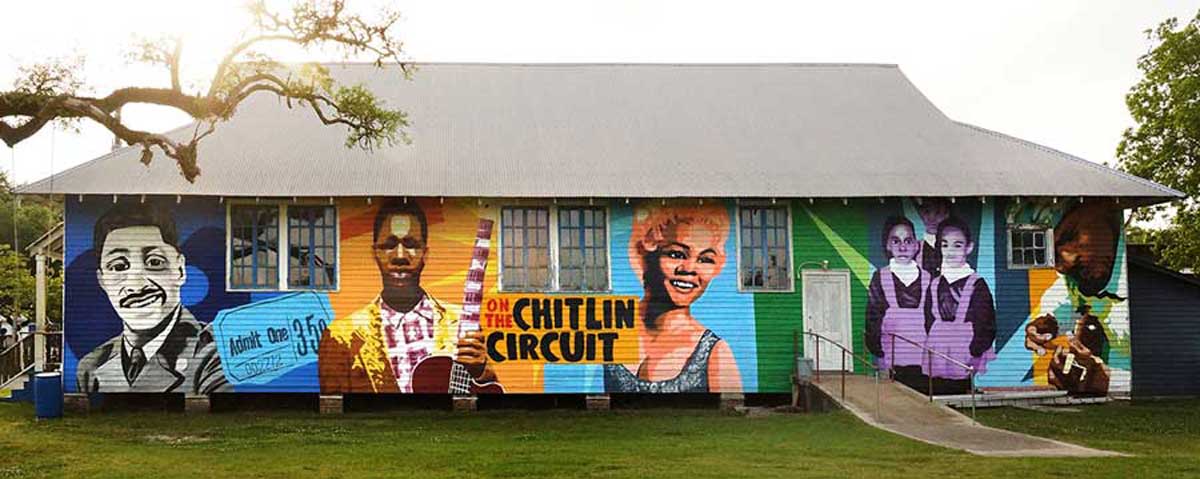
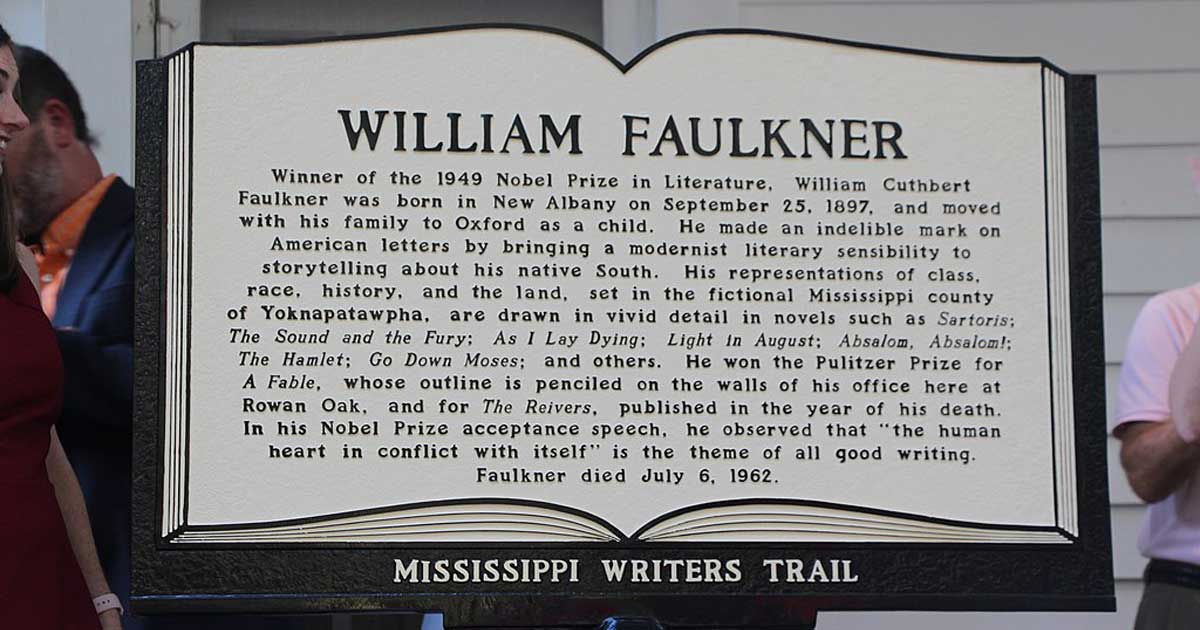

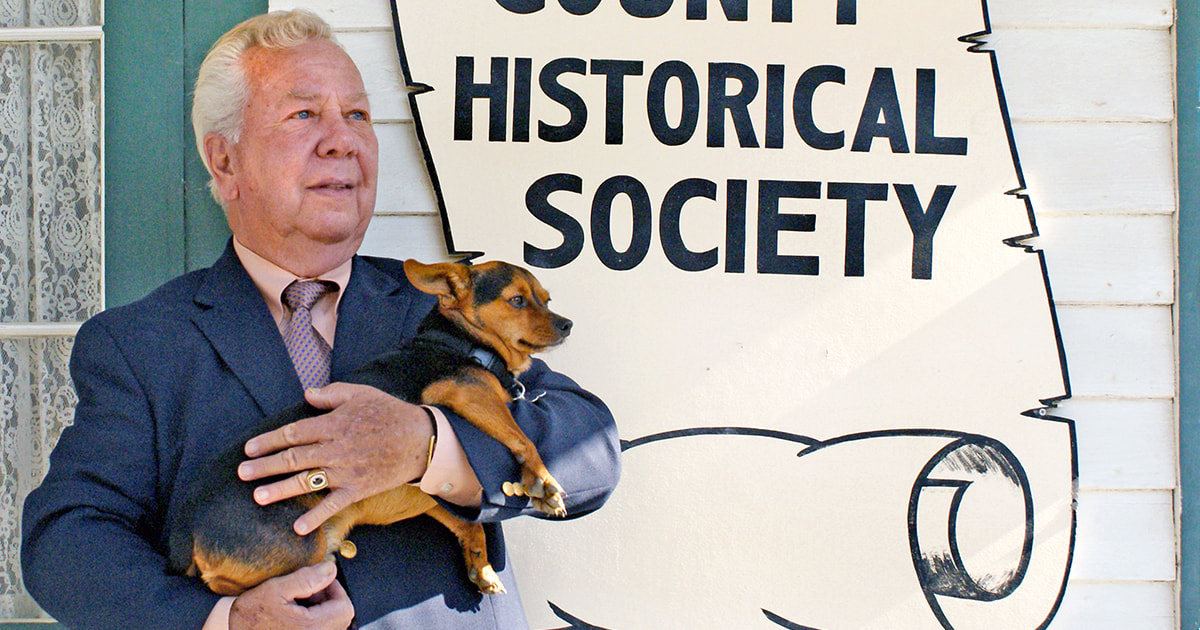
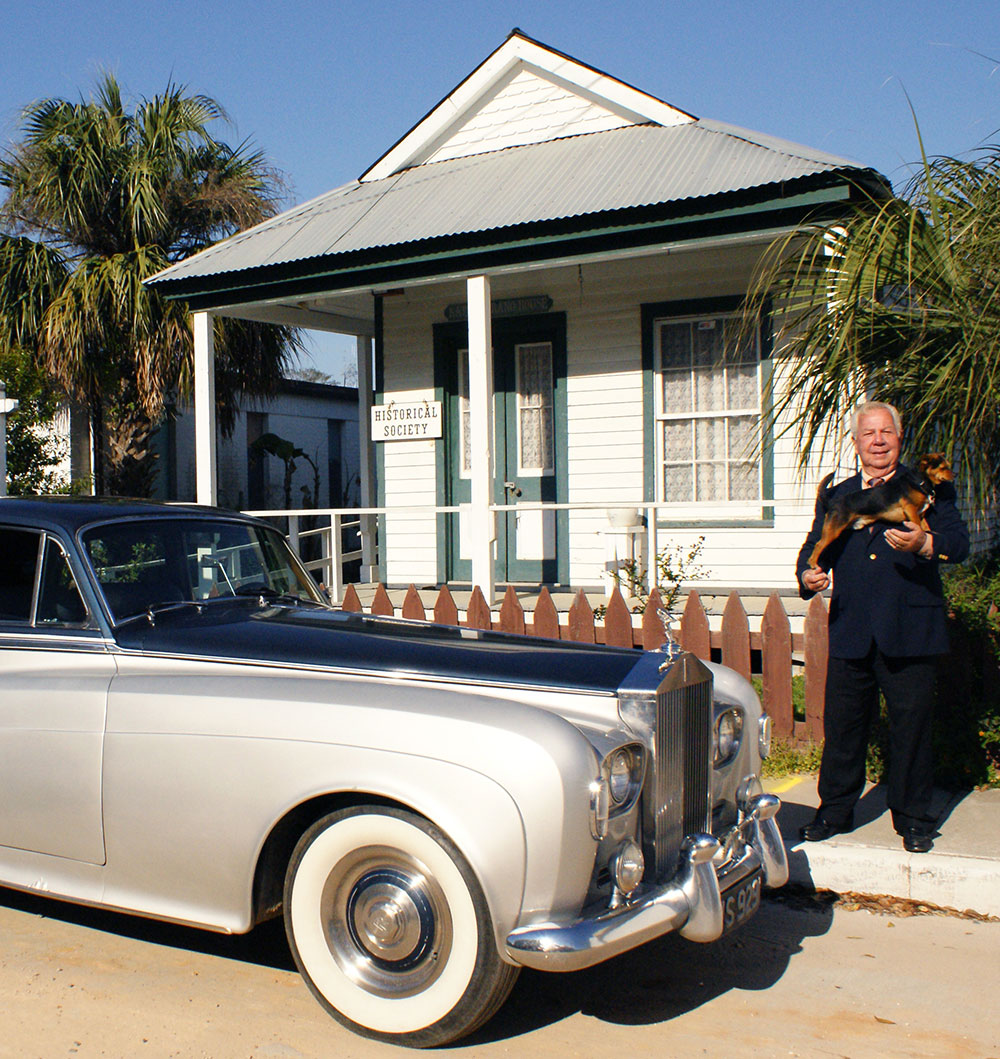
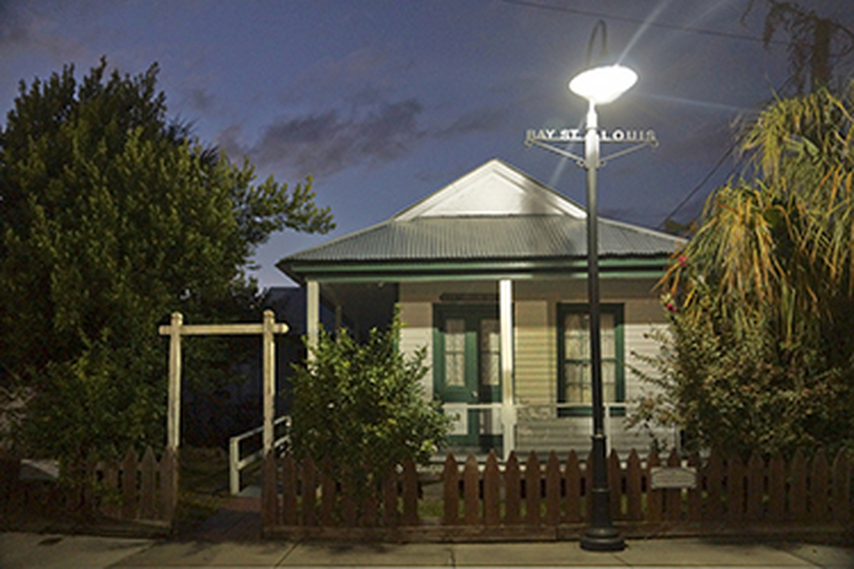
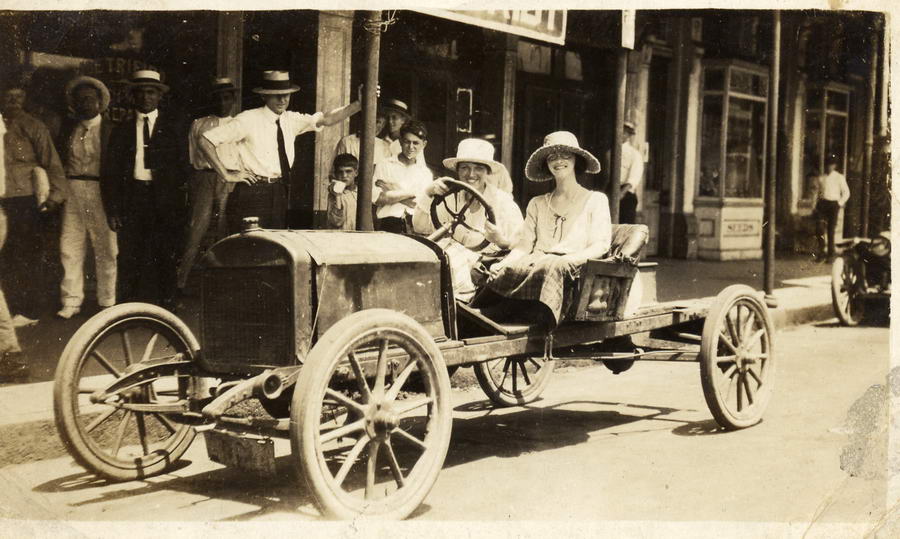
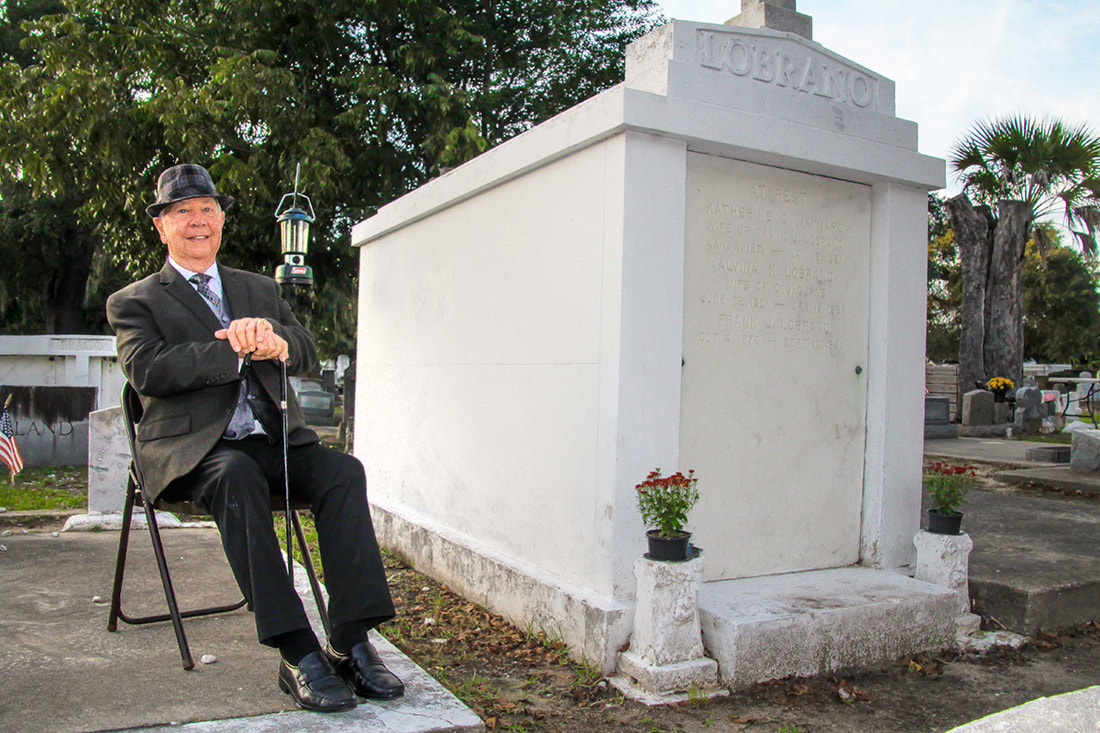

























 RSS Feed
RSS Feed























